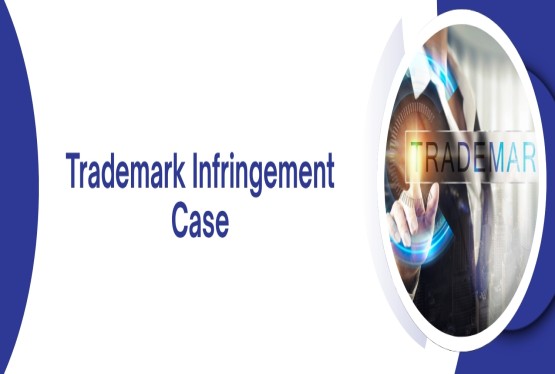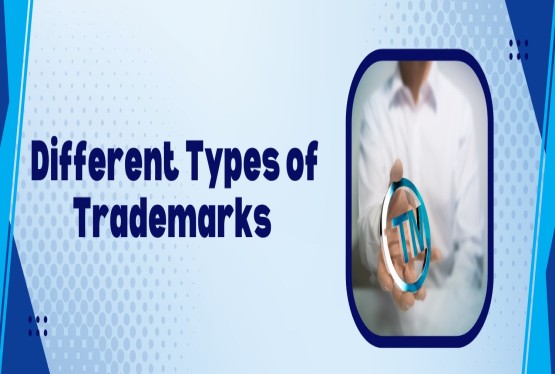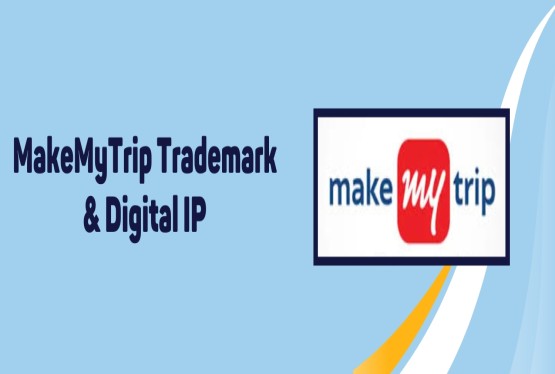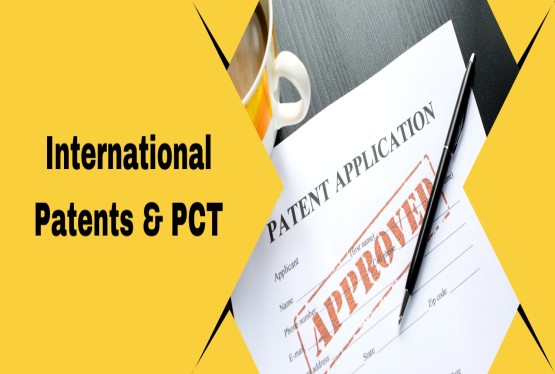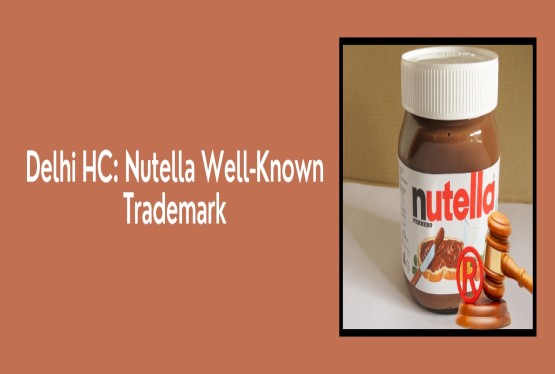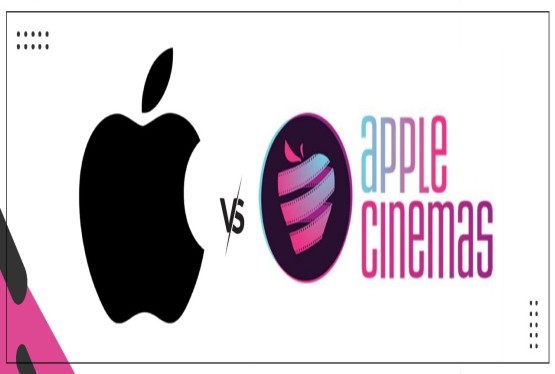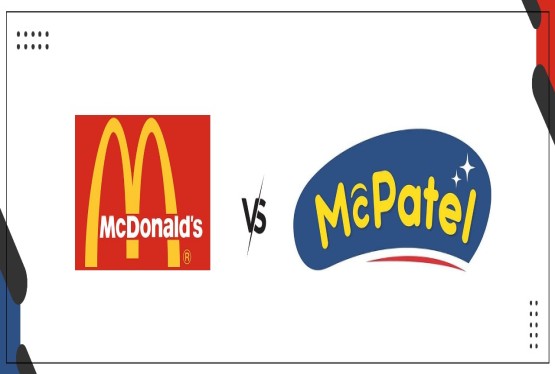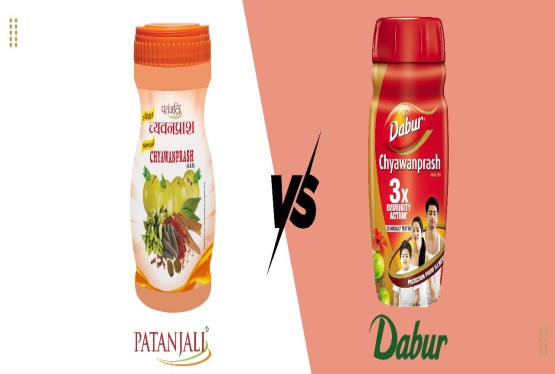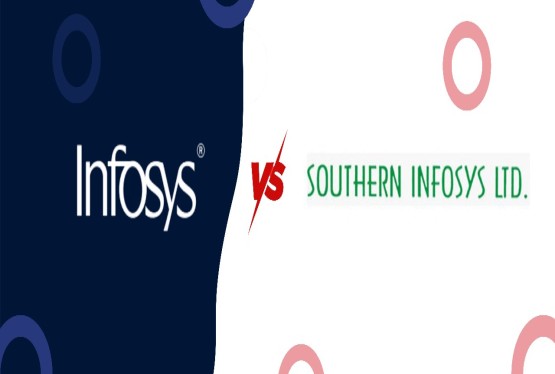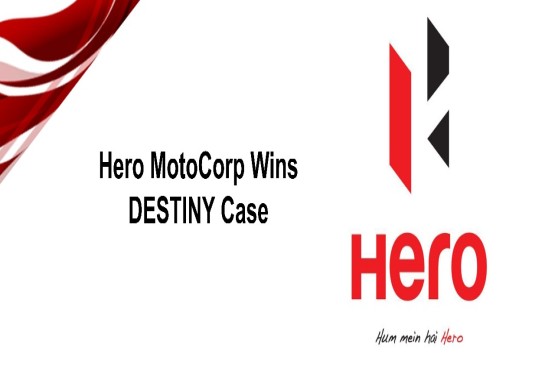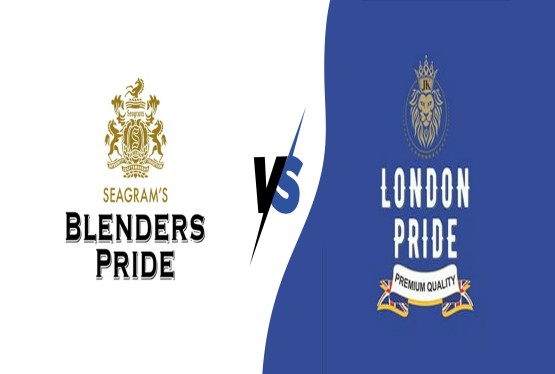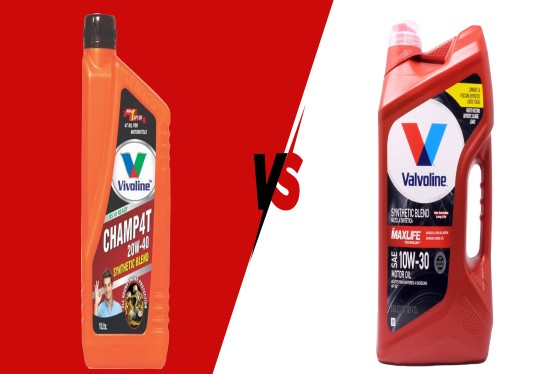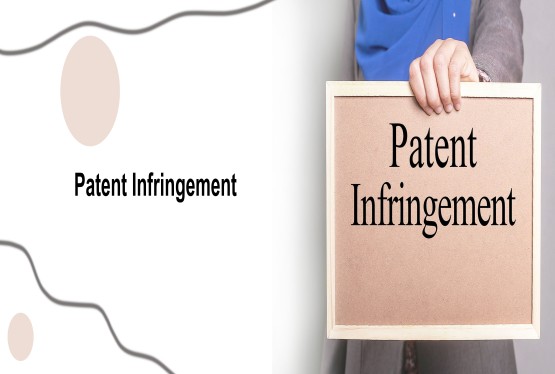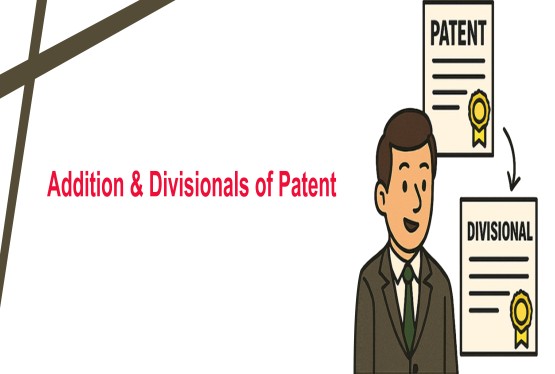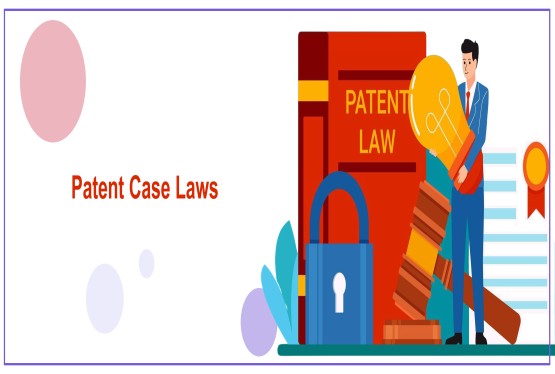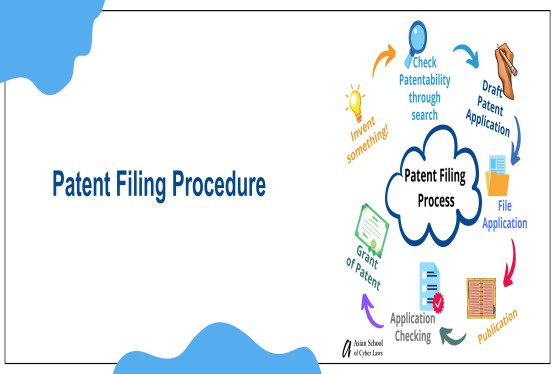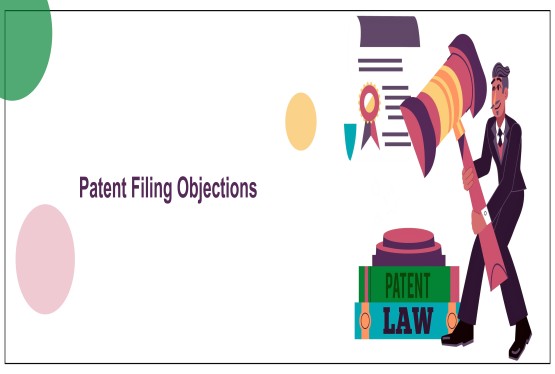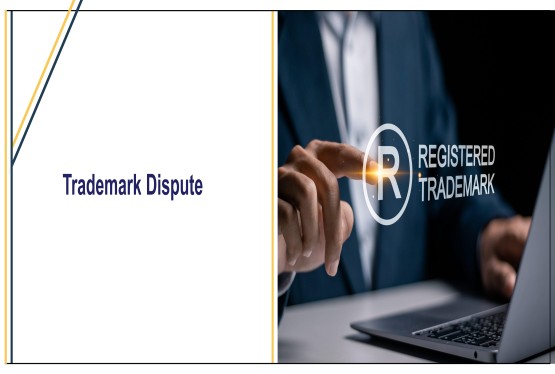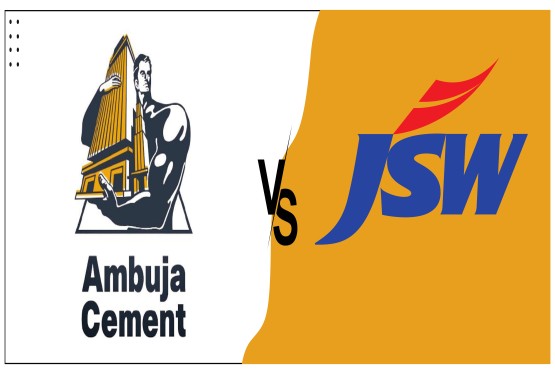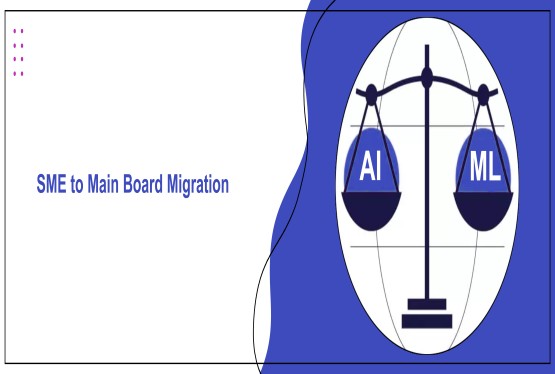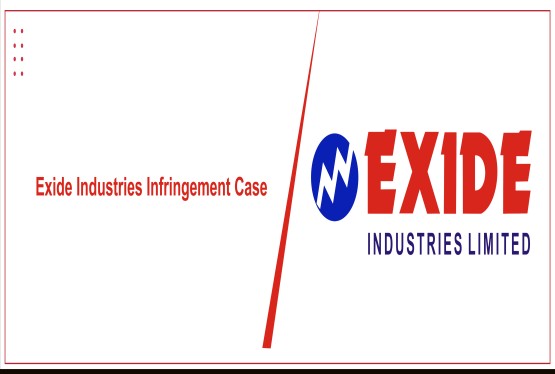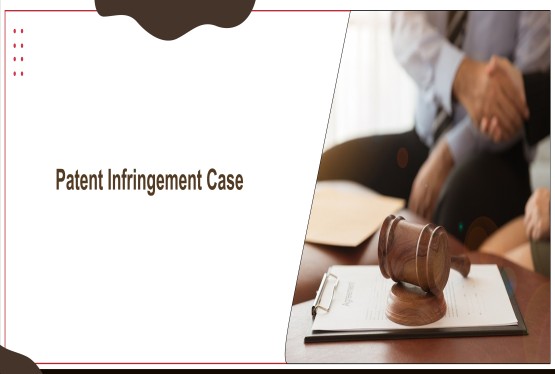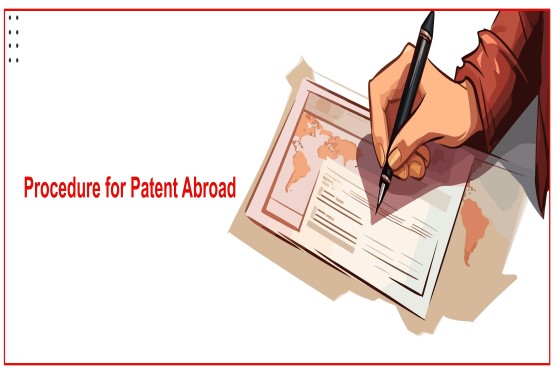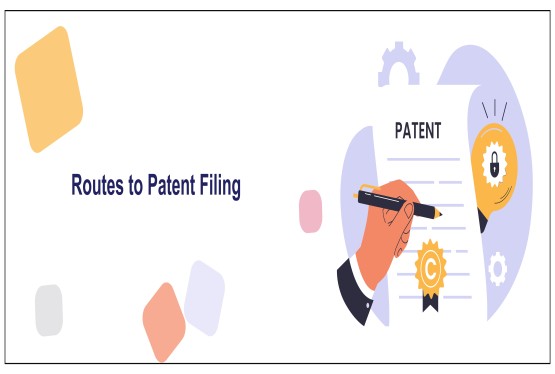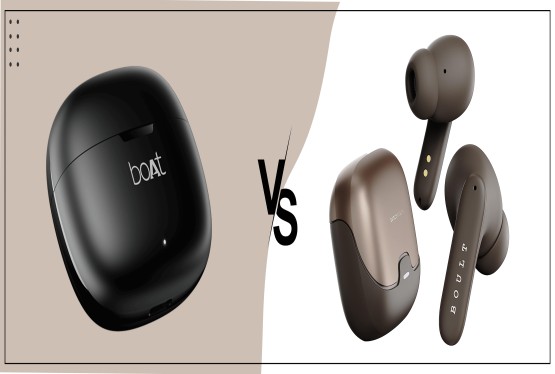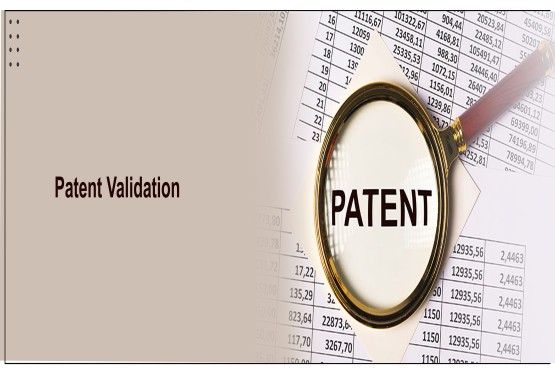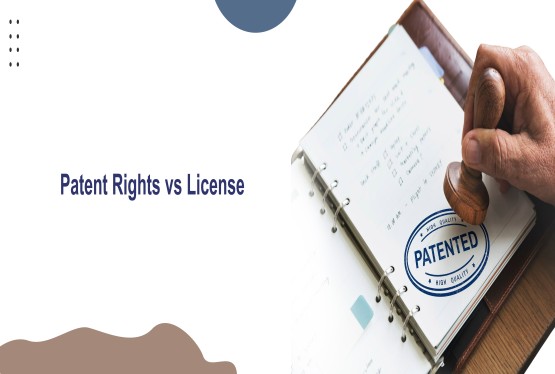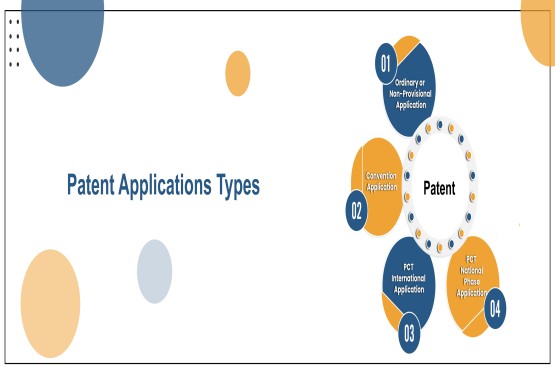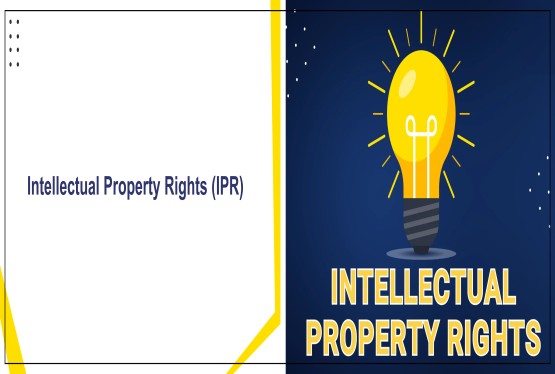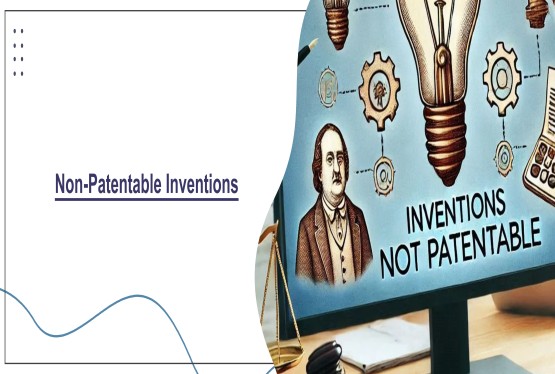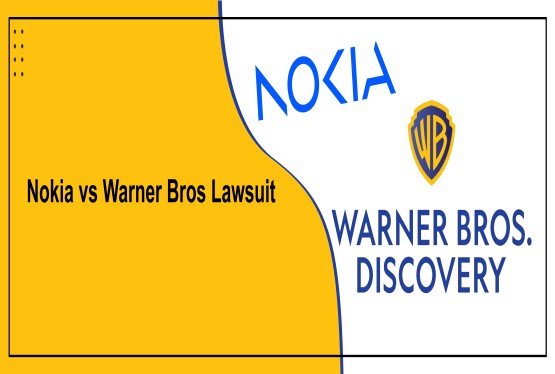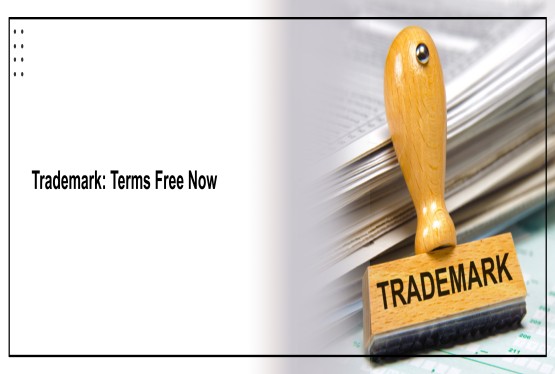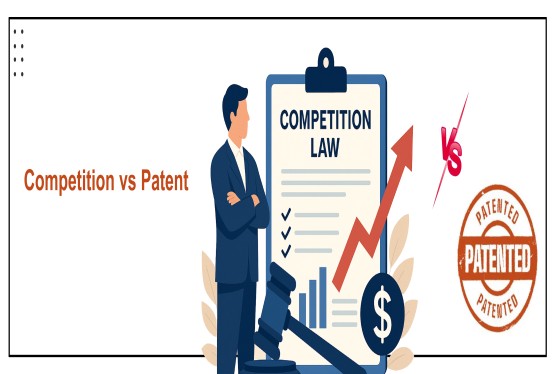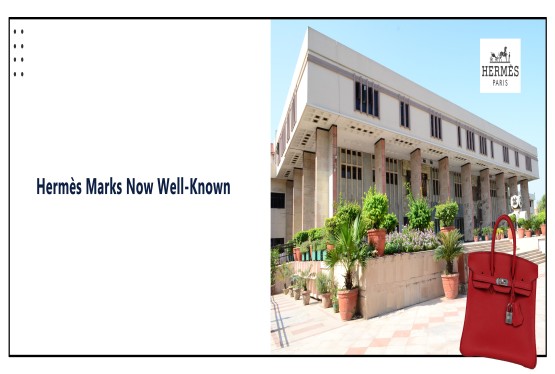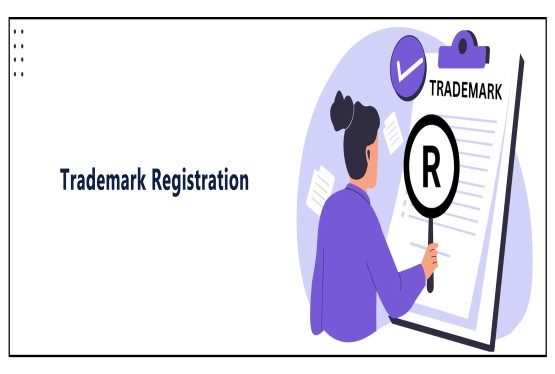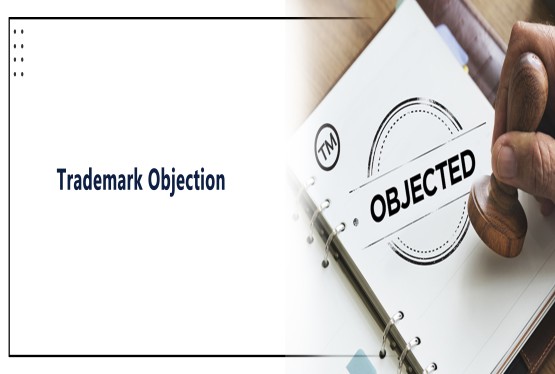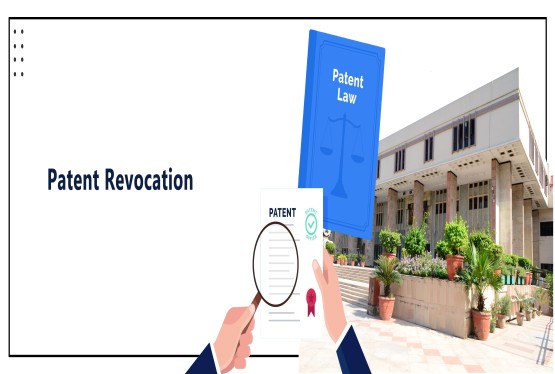In the complex and multifaceted domain of intellectual property, trademarks serve as a vital mechanism for distinguishing goods and services, fostering brand identity, and ensuring fair competition. The classification system for trademarks, established by the Nice Agreement (1957), divides goods and services into 45 distinct classes, with each class pertaining to a specific category of products or services. Class 17, in particular, is crucial to industries dealing with rubber, plastic, and related materials, offering protections to a range of goods that are pivotal in various industrial, commercial, and consumer applications.
Understanding Trademark Class 17
Trademark Class 17 primarily encompasses materials used in manufacturing, as well as goods associated with the protection of surfaces and structures. This class covers a wide variety of goods made from rubber, plastic, and other similar substances. The underlying principle is to provide protection for items that serve practical purposes in sectors such as construction, engineering, and manufacturing. As per the Nice Classification, Class 17 includes, but is not limited to, rubber and plastics in various forms and products made thereof.
Goods Included in Class 17
The range of goods categorized under Class 17 is extensive. Key examples include:
(a) Rubber, gutta-percha, gum, asbestos, mica, and goods made of these materials: This includes raw materials, such as rubber, used in manufacturing, as well as finished products like hoses, seals, and gaskets.
(b) Plastics in extruded form for use in manufacture: This includes semi-finished plastic goods, such as sheets, rods, and films, that are intended for use in production.
(c) Packing, stopping, and insulating materials: These include products like insulating tapes, sealing materials, and thermal insulation products.
(d) Flexible pipes, not of metal: These pipes are made from synthetic materials such as rubber and plastic and are used in a wide range of industrial applications.
(e) Materials for protecting and sealing: This can include sealing compounds, packing material, and similar substances used in sealing and protection industries.
Additionally, trademarks registered in Class 17 may include industrial products such as electrical insulation tapes, rubber cords, and various forms of rubber sheeting used in the automotive, aerospace, and construction industries.
Statutory Basis of Trademark Class 17
The legal foundation for the classification system, including Class 17, is rooted in the Nice Agreement Concerning the International Classification of Goods and Services for the Purposes of the Trademark Registration of Marks (1957), which established the international standards for classifying trademarks. This agreement, signed by over 80 countries, provides a clear structure for trademark classification and aims to harmonize the process of registering and protecting marks globally.
The Nice Classification divides goods and services into 34 classes for goods and 11 classes for services. Class 17 specifically deals with materials related to rubber, plastics, and other similar substances. This legal classification is crucial for businesses seeking to protect their trademarks in various jurisdictions and ensures that trademark holders can secure protection for goods that may have significant commercial value.
Precedents and Case Law in Trademark Class 17
Trademark law is dynamic, and precedents play a crucial role in shaping the interpretation of the classification system. Several important cases have illustrated the scope and limitations of Class 17. One notable precedent is the decision in Nestle S.A. v. Cadbury (2013) where the European Court of Justice considered whether certain packaging elements related to a trademark registered in Class 17 (in this case, packaging for chocolate products) should be protected. The court ruled that packaging, when deemed essential to the function of the product, may also be covered under trademark protection, even though it pertains to a good commonly categorized outside Class 17. This expanded the notion of what could be trademarked, even in relation to goods typically classified elsewhere.
Another landmark case, Reef Promotions Pty Ltd v. The Trade Marks Office (2006), shed light on the scope of Class 17 as it pertained to certain materials used in manufacturing. The case clarified that not all rubber goods automatically qualify for protection under Class 17; rather, the nature of the product and its intended use must be taken into consideration. This precedent emphasized the fact that trademarks under Class 17 are intended for goods with specific industrial applications, not merely consumer products.
Practical Implications for Trademark Registration
The classification of a product under Class 17 has several practical implications for businesses and trademark holders. When registering a trademark, it is crucial to carefully consider whether the goods or services offered by the company fall under the appropriate class. Trademark applications are subject to the classification system, and incorrectly classifying a product could lead to a rejection or delay in registration.
Moreover, the scope of protection granted by a trademark in Class 17 is not limited to the precise terms listed in the classification. Trademark law provides a certain degree of flexibility, enabling businesses to seek protection for related goods and services that are closely tied to the primary category. For example, while certain rubber products may fall under Class 17, a company might also seek protection for related products like synthetic fibers, textiles, or adhesives under different classes (such as Class 1 or Class 24).
The Role of Class 17 in Global Trade
In the context of international trade, Class 17 has a vital role. The Nice Classification system ensures that businesses seeking to protect their goods in foreign markets are able to navigate the trademark system with relative ease. As many industries, particularly those in the manufacturing and construction sectors, rely heavily on materials protected by Class 17 trademarks, having a clear, standardized classification system across multiple jurisdictions is essential for maintaining brand identity and market exclusivity.
Additionally, trademark protection under Class 17 helps to prevent unfair competition. Manufacturers of rubber, plastic, and other materials protected by trademarks are afforded legal recourse against unauthorized use or imitation of their products. This fosters a competitive environment where innovation and quality are safeguarded by intellectual property rights.
Challenges in Trademark Class 17
While trademark protection under Class 17 is essential for industrial goods, businesses may face challenges in the registration process. One of the main hurdles is determining the precise classification for products that may fall under multiple classes or have diverse uses. Legal professionals and businesses must ensure that they accurately categorize products in their applications, as misclassification can delay the process or result in refusals. Additionally, the international nature of trademarks means that companies must be prepared to navigate different trademark laws and standards, which may vary from jurisdiction to jurisdiction.
Another challenge is the overlap with other trademark classes, such as Class 1 (chemicals), Class 6 (metal goods), and Class 20 (furniture). Companies dealing with composite products made from different materials must carefully analyze whether their goods should be classified under multiple classes, as this can impact the scope of protection.
Conclusion
Trademark Class 17 plays a significant role in the protection of goods used in industrial applications, particularly those made from rubber, plastics, and other synthetic materials. The statutory framework established by the Nice Agreement offers a standardized method for protecting these goods across jurisdictions, facilitating global trade and business growth. By understanding the intricacies of trademark Class 17, businesses can ensure that their products are adequately protected, securing brand identity, preventing Trademark infringement, and fostering fair competition.
As industries evolve and new materials and technologies emerge, trademark law will continue to adapt, and the precedents set by courts will further refine the application of Class 17. However, its foundational purpose of ensuring the protection of industrial goods and materials remains steadfast, making it an essential aspect of the trademark landscape.
Frequently Asked Questions
Q1. What is Trademark Class 17 and what products does it cover?
Ans. Trademark Class 17, under the Nice Classification system, encompasses a wide range of materials used in manufacturing, including rubber, plastic, and other similar substances. This includes raw materials like rubber, semi-finished products like plastic sheets, packing and insulating materials, flexible pipes, and materials for protection and sealing.
Q2. What are the key legal frameworks governing trademarks in Class 17 in India?
Ans. The primary legal framework governing trademarks in India is the Trade Marks Act, 1999. This Act outlines the criteria for trademark registration, including distinctiveness and grounds for refusal. It also provides for the protection of trademarks from infringement and establishes procedures for registration and enforcement. The Nice Agreement, an international treaty, provides a standardized framework for trademark classification, including Class 17.
Q3.What are some important considerations for businesses seeking to register a trademark in Class 17?
Ans. Businesses seeking to register a trademark in Class 17 should prioritize the following:
(a) Distinctiveness: The trademark must be unique and capable of distinguishing the goods or services of one business from another. Generic or descriptive terms may be difficult to register unless they have acquired secondary meaning through use.
(b) Accurate Classification: The goods or services must be accurately classified under Class 17 to ensure proper protection and avoid potential conflicts with other trademarks.
(c) Avoiding Confusion: The mark should not be confusingly similar to existing trademarks, especially those of other companies in the same or related industries.
(d) Compliance with Regulations: The trademark must comply with the provisions of the Trade Marks Act, 1999, and should not violate any other relevant laws or regulations.
Q4. How can businesses protect their trademarks in Class 17?
Ans. Businesses can protect their trademarks in Class 17 by:
(a) Registering the trademark: Registration provides legal protection and allows businesses to enforce their rights against infringers.
(b) Monitoring for infringement: Regularly monitoring the marketplace for unauthorized use of the trademark is crucial.
(c) Taking legal action: If infringement occurs, businesses can take legal action through civil or criminal proceedings to protect their trademark rights.
(d) Staying informed about legal updates: Keeping abreast of changes in trademark law and relevant case precedents is essential for maintaining strong trademark protection.
Q5. What are the challenges faced by businesses in registering and protecting trademarks in Class 17?
Ans. Businesses in Class 17 face several challenges, including:
-
Distinctiveness: Finding distinctive trademarks for materials like rubber and plastic can be challenging due to the limited vocabulary and the technical nature of the products.
-
Accurate Classification: Accurately classifying products within Class 17 can be complex, as some products may fall under multiple classes or have overlapping characteristics.
-
International Protection: Navigating trademark protection across different countries with varying legal frameworks can be complex.






























_(b)_of_the_Trademark_Act,_1999_(1)_crop10_thumb.jpg)



_crop10_thumb.jpg)




























_crop10_thumb.jpg)
_crop10_thumb.jpg)






_crop10_thumb.jpg)








_crop10_thumb.jpg)



_crop10_thumb.jpg)





























_crop10_thumb.jpg)

















_crop10_thumb.jpg)






_crop10_thumb.jpg)











































































































































_crop10_thumb.jpg)




































_crop10_thumb.jpg)












_crop10_thumb.jpg)













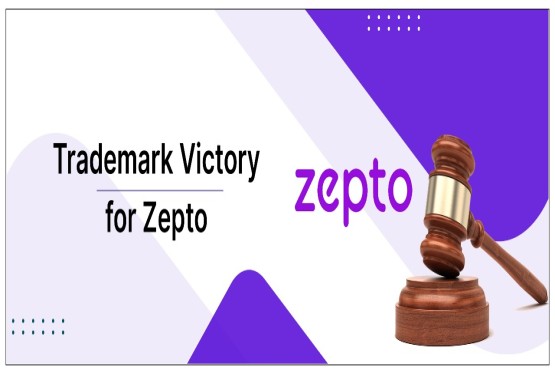

































_crop10_thumb.jpg)






